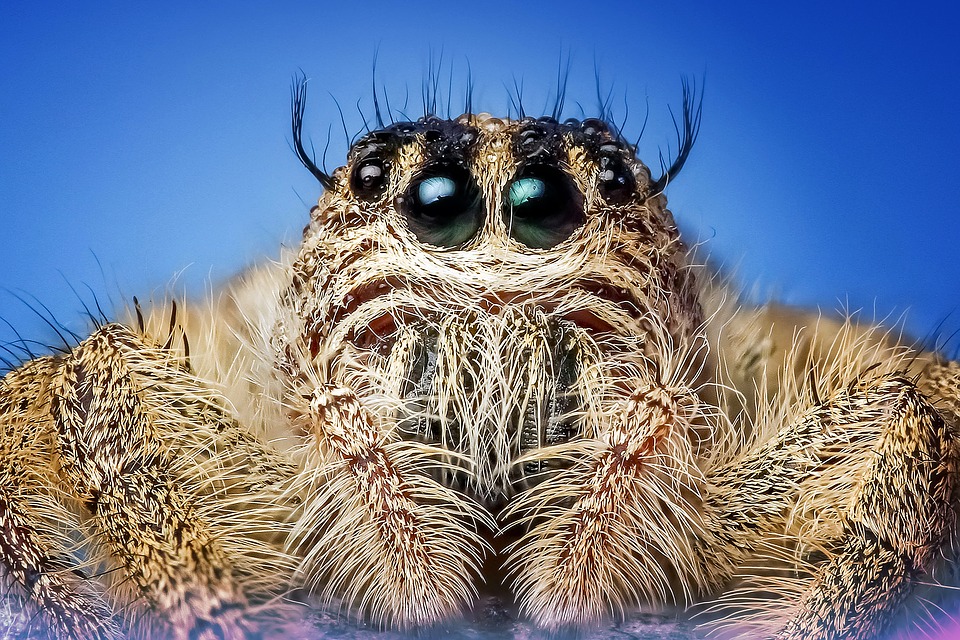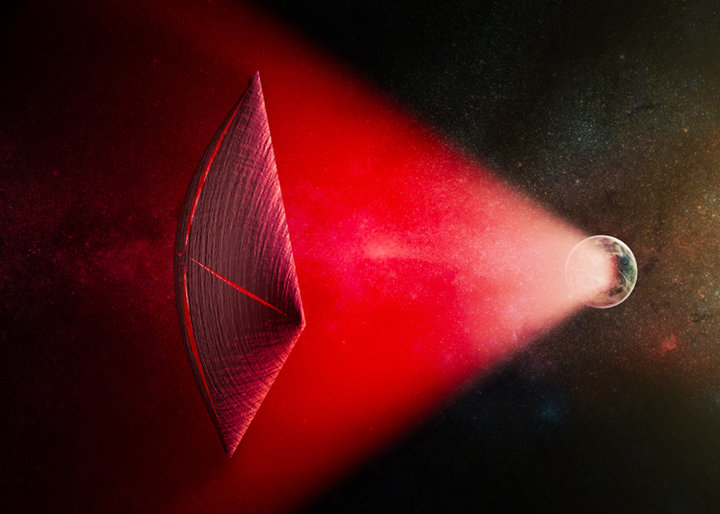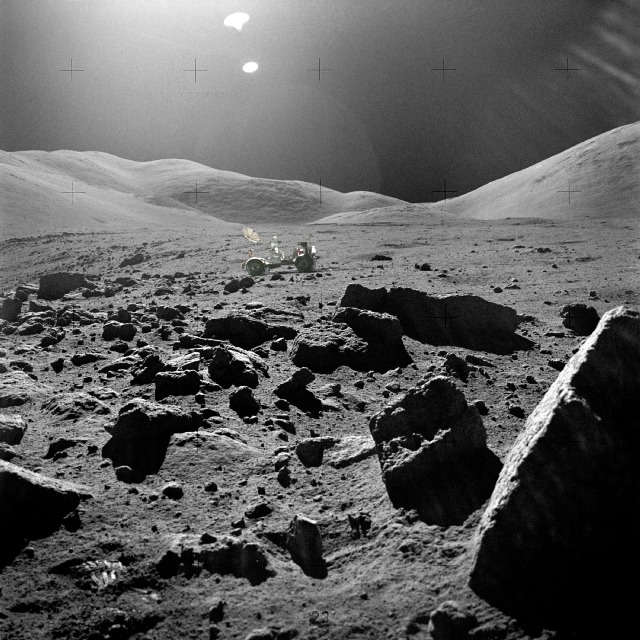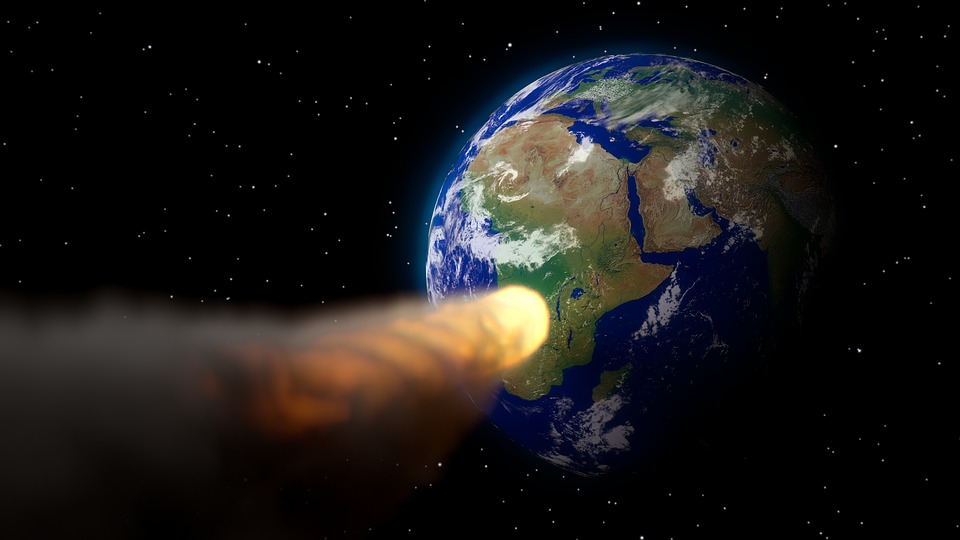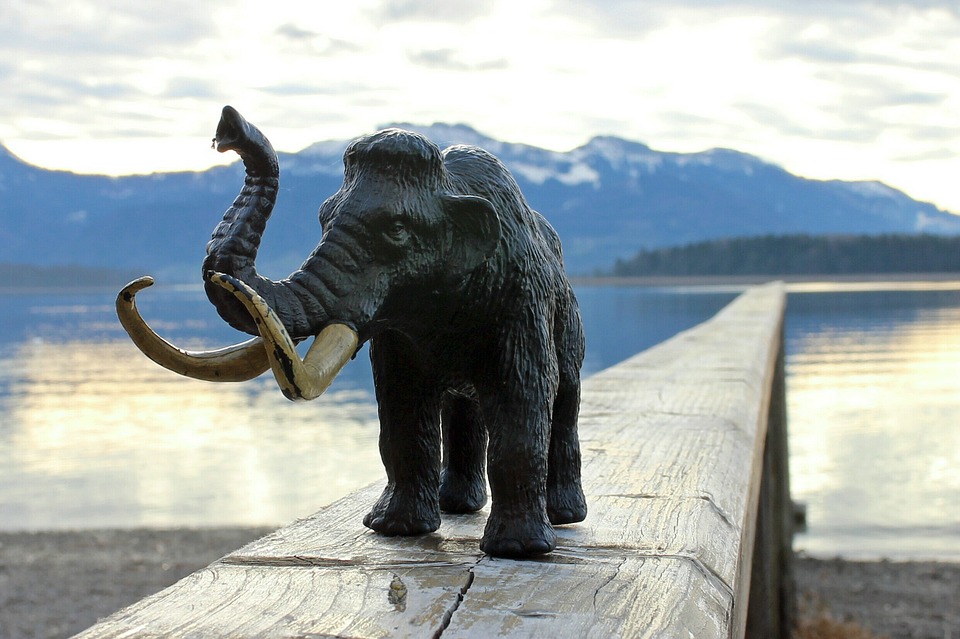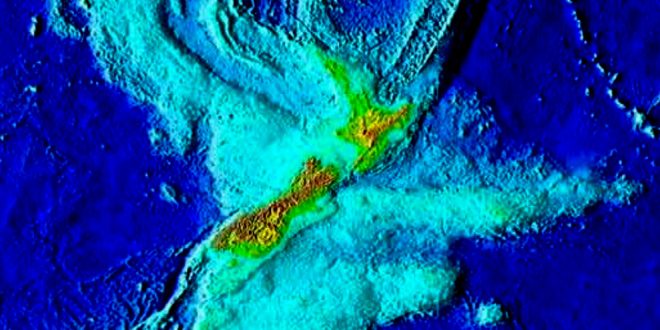TECH: My Flying Car is Almost Here V2
The flying car stories are flying thick and furious these days. ;) Flying taxis and other futuristic passenger vehicles are about to take a giant leap out of science fiction and into reality. It’s not exactly the vision of the “Back To The Future” film trilogy, which predicted that by 2015 we’d fill the skies with flying cars and get around on personal anti-gravity hoverboards. But it turns out the movies may have just been a few years off. Singapore plans to have airborne cabs taking flight by 2030, according to the island city-state’s Business Times daily newspaper. Singapore’s Ministry … Read more




